Chimney Fires: A Real Threat to Your Home

How often do you hear on tv or online about chimney fires in the home? With all of the bad news out there, is there time to cover chimney fires?
What are Chimney Fires?
According to the CSIA, the Chimney Safety Institute of America, most chimney fires are caused by a dirty chimney. They usually start inside of the flue where there’s a buildup of creosote, a byproduct of wood burning, or a blockage within the flue.
Let’s take a look at some nearby chimney fires.
Fire #1: Philo, IL 2022
The homeowners reported a flickering of the lights that evening, so they decided to light a fire in the gas fireplace to keep light and warmth in the home. Investigators are still working on why the fire occurred. Fortunately, no one was hurt as two separate individuals passing by witnessed flames coming out of the chimney. However, the home is no longer livable.
Fire #2: Winthrop Harbor, IL 2022
Firefighters were quick to respond to a chimney fire and saved the home! When the firefighters got on the scene, they saw smoke coming from the two-story home. They quickly went into action and began with hitting water on the home. This stopped the fire from spreading into the attic.
Fire #3: Geneva Township, MI 2022
This was a bad one. The good news is that the family and their pets are all safe. The bad news is that the fire spread throughout the walls and roof, destroying the infrastructure and their possessions.
I searched each article for time of day that the fires occurred, and no pattern emerged. Everything from the middle of the night, late afternoon and early evening. There’s no telling when a chimney fire may have the right conditions to ignite and spread. And, it doesn’t matter if it’s a gas fireplace, wood burning fireplace or if it’s used often or not. Each story had these various conditions and a fire still broke out.
In fact, there are over 25,000 chimney fire in the U.S. each year. We don’t want you to be a statistic.
What Can You Do?
CSIA, the fire department and the certified technicians here at Superior Chimney all agree that if you want to avoid chimney fires, it is essential to get the fireplace swept and inspected each year. And if you think cutting corners will work, there’s a price to pay. A potential fire.
What to Watch for?
Be sure that you use a company like Superior Chimney to perform the chimney inspection. There are 14 points our chimney technicians perform during their visit, along with photo documentation. Customers enjoy the photos as many times they can’t get on top of the roof to see it for themselves. The photos serve as a way to describe the issue and why the repairs (if any) need to be performed.
This post first appeared on https://www.superiorchimney.net

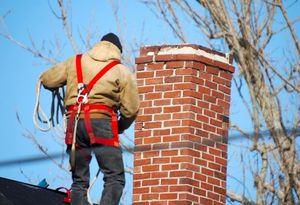
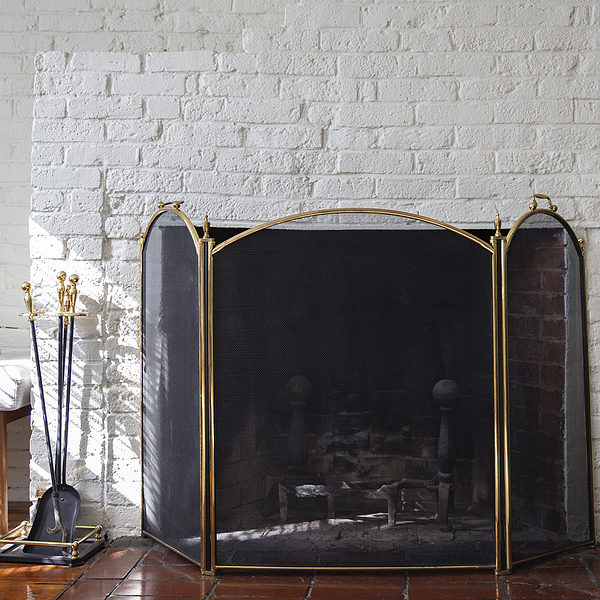 What is a fireplace screen?
What is a fireplace screen?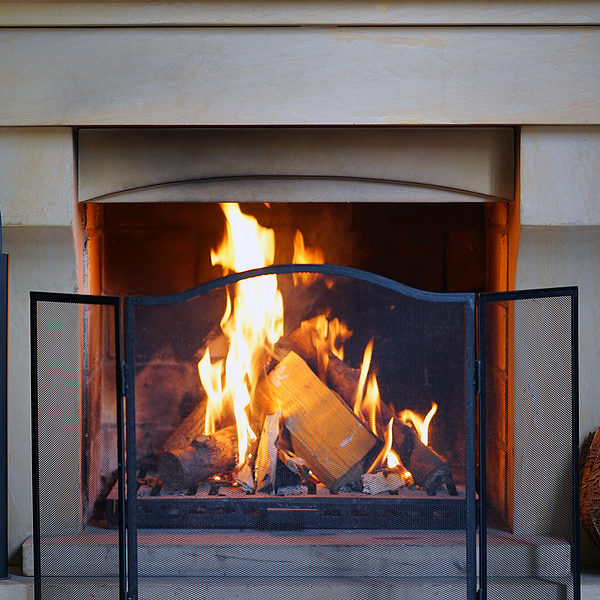 4. Enhance the appearance of your hearth area
4. Enhance the appearance of your hearth area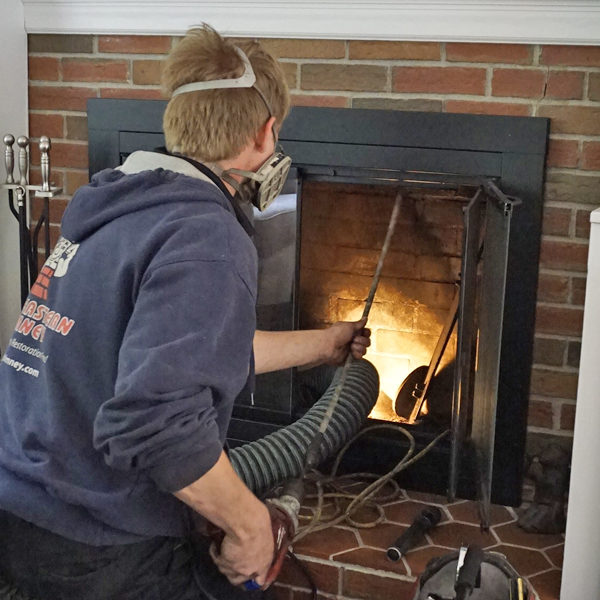 What services do they perform during a sweep?
What services do they perform during a sweep?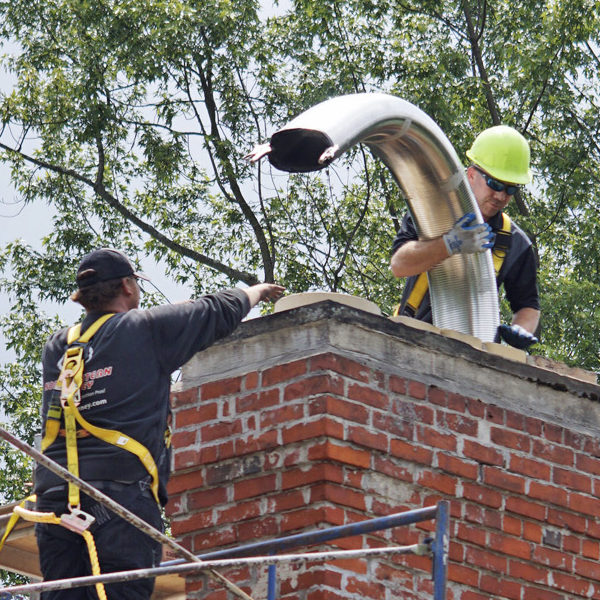 Do they offer repair services?
Do they offer repair services?
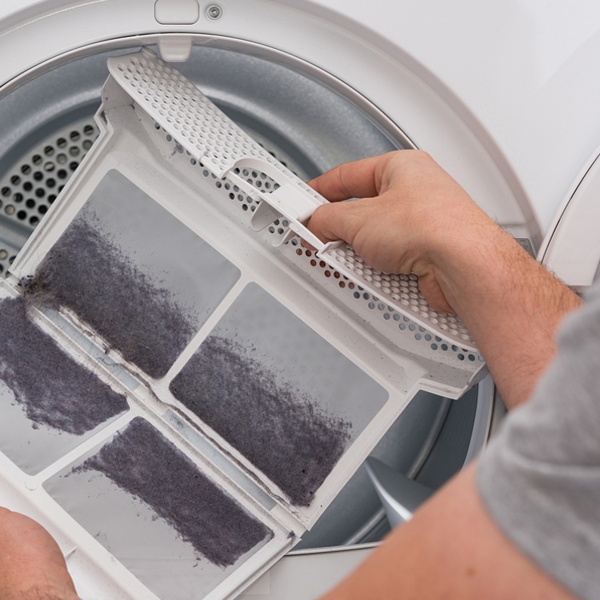 Why is lint buildup dangerous?
Why is lint buildup dangerous?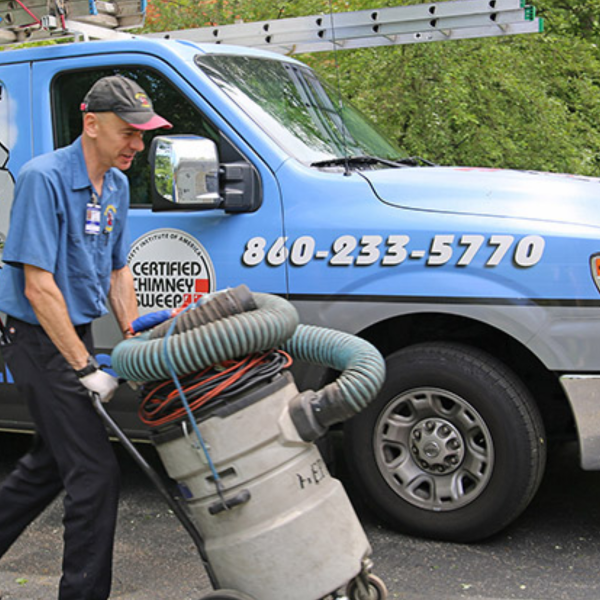 What should I do if lint has built up in my dryer?
What should I do if lint has built up in my dryer?